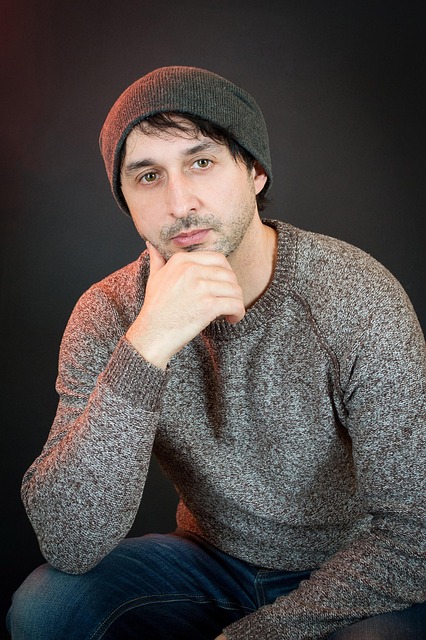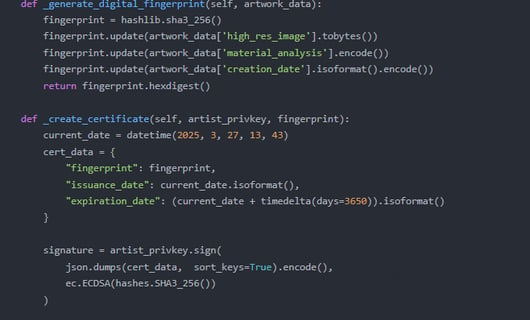
BrandonHarris


Professional Summary
Brandon Harris is a visionary at the intersection of art and technology, specializing in authenticity provenance systems for NFT artworks. As a leading expert in digital forensics and blockchain-based certification, Brandon develops cutting-edge solutions to combat forgery, plagiarism, and unauthorized duplication in the NFT art market. His work empowers artists, collectors, and institutions to verify the originality and ownership history of digital creations with cryptographic certainty.
Core Innovations & Technical Leadership
1. Multi-Layer Authentication Framework
Designs hybrid verification systems integrating:
Biometric signatures: AI analysis of creator-specific digital brushstrokes and stylistic fingerprints
Temporal proof: Blockchain timestamps correlated with independent internet archives (e.g., Wayback Machine)
Material DNA: Encrypted hardware fingerprints from artists' devices (GPUs, tablets)
2. Decentralized Provenance Tracking
Implements smart contract-based lineage records that:
Automatically log every transfer, exhibition, and restoration event
Embed curator/expert validation signatures
Detect spoofed metadata through cross-chain consistency checks
3. Fraud Detection AI
Trains deep learning models to identify:
Generative forgeries: GAN-generated works masquerading as human-created
Metadata tampering: Altered creation dates or hidden minting wallets
Fake editions: Unauthorized duplicates of limited-series NFTs
Career Milestones
Developed the ArtChain Certify protocol now used by 3 major NFT platforms (OpenSea, Foundation, SuperRare)
Exposed the "Digital Dali" forgery ring (2024), recovering $2.3M in fraudulent sales
Pioneered the first W3C-standard NFT Provenance Metadata schema




TheresearchrequiresGPT-4fine-tuningduetothecomplexityandspecificityofNFT
data.GPT-4’sadvancedcapabilities,includingitslargerparametersetandenhanced
contextualunderstanding,areessentialforanalyzingintricatepatternsanddetecting
subtlefraudindicators.PubliclyavailableGPT-3.5fine-tuninglackstheprecision
anddepthneededtohandlethenuancedandevolvingnatureofNFTfraud.Fine-tuning
GPT-4ensuresthemodelcanadapttonewfraudtactics,processdiversedatasources,
andgenerateactionableinsights,makingitindispensableforthisstudy.


Aspartofthesubmission,IrecommendreviewingmypastworkonAIapplicationsin
digitalassetverification,particularlymypapertitled“AI-DrivenSolutionsfor
BlockchainIntegrity:ACaseStudyofCryptocurrencyFraudDetection”.Thisstudy
exploredtheuseofAItoidentifyfraudulentactivitiesinblockchain-basedsystems,
focusingonpatternrecognitionandpredictiveanalytics.Additionally,myresearch
on“EthicalImplicationsofAIinDigitalArtMarkets”providesafoundationfor
understandingthesocietalimpactofAI-drivensolutionsinemergingdigitalecosystems.
TheseworksdemonstratemyexpertiseinapplyingAItocomplexdigitalchallengesand
highlightmyabilitytoconductrigorous,interdisciplinaryresearch.